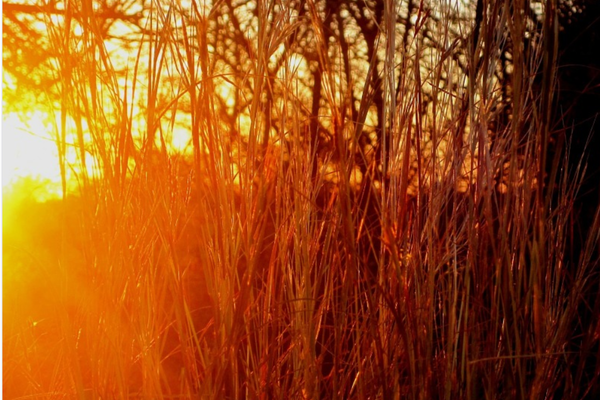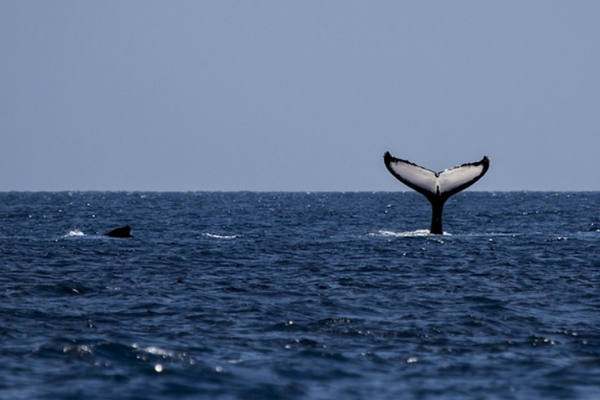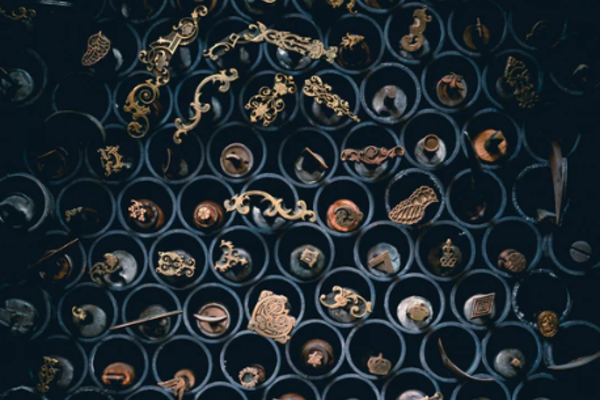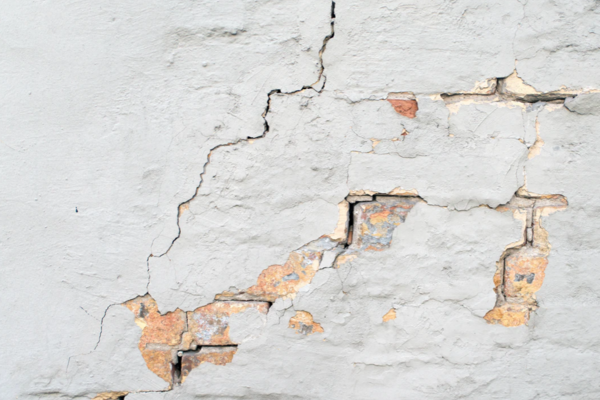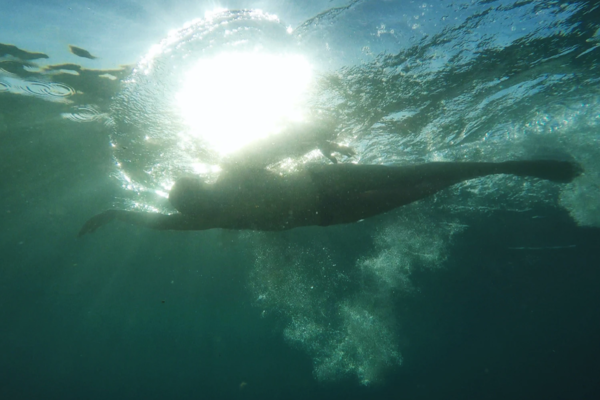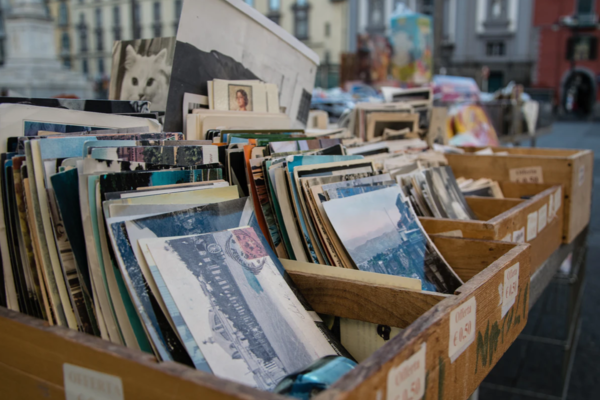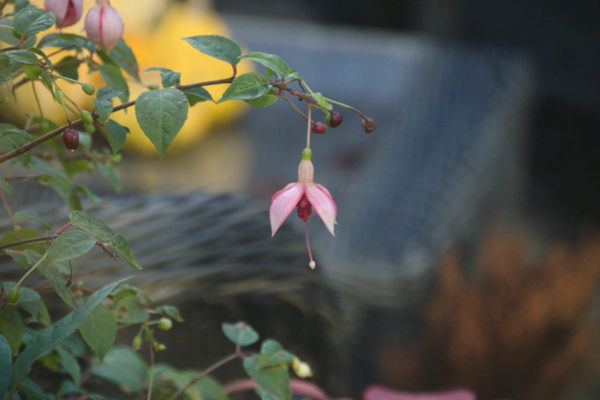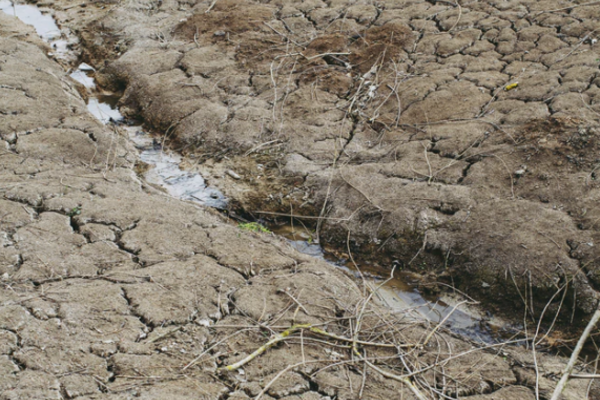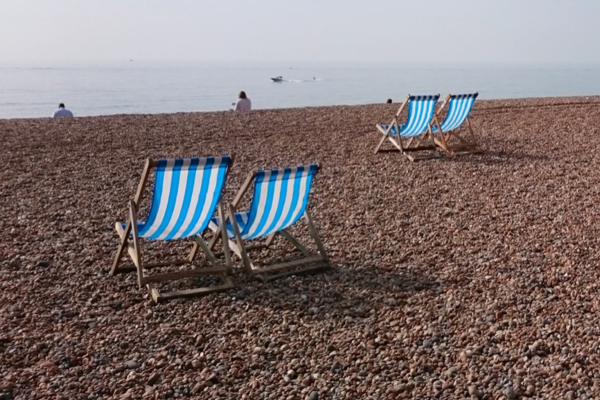Not Just Coronavirus: Disturbed’s “The Sound of Silence” Cover
Recently, nu metal band Disturbed’s cover of “Sound of Silence” has been the soundtrack of my lockdown life, Tokyo-style. And Tiago Teixeira’s evocative black and white video my window on the outside world, so to speak.
To the point my wife comments on it.
“Why always that song?” as she goes about her telecommuting day.
The cover, and the video, I suspect, will become the anthem of these unreal times we’re living in.
Who can’t identify with Draiman’s powerful rendition of Paul Simon’s original folk lyrics.
Or the haunting images of masked faces and empty streets in iconic cities during these world-changing times.
But every time I hear the song, something else happens, personal and at the same time universal. Some sotto voce hint of powerful forces beneath our feet. Like the temblors that shake Tokyo from time to time, and remind us that someday the “Big One” will rock this city to its core.
Perhaps it, too, will change Japan and the world forever.
Now I know what it is…
Question
What does it mean when the fan video of Disturbed’s “Sound of Silence” cover pops into your facebook feed… as an update from your 74-year-old father?
a) You’ve got a cool dad;
b) Draiman’s “distorted, operatic baritone” resonates with power and barely repressed rage, which fits the darkest, most nightmarish aspects of the age we suddenly find ourselves in;
c) There’s more to the lyrics than first meets the ear;
d) Tiago Teixeira’s starkly beautiful, contrasty black and white images from New York, Budapest, Paris, Lisbon, and Chicago cross generations, and transcend the current COVID-19 crisis;
e) All of the above.
Answer
A) I’ve definitely got a cool dad.
My best adolescent entreaties to “check out this song”, as I saw it, or “inflict,” as he put it, the best of metal/punk/industrial/alternative failed miserably.
But he did turn me on to the poetry of Charles Bukowski and Al Purdy; Allan Ginsburg and William S Burroughs; and the best of his own generation’s counter-culture in the art-fight for racial equality and human rights.
B) I’m no music critic; in third grade, my music teacher told me I had a tin ear and I never again tried to play the recorder. Or any other instrument. If I recall correctly, I passed Grade 3 Music tapping tunes on a triangle…
But I love music. Love love love music. “No music, no life,” is the motto of Tower Records here in Japan (yes, it’s still a thing), and for once a company an ad campaign gets it right.
More than just the soundtrack of life, music is the medicine that keeps us going through the full catastrophe of the human condition. Heavy metal expressed the unbounded energy of adolescence on overdrive; punk said “FTW; and ‘Don’t let The Man get you down” all in one.
Still good advice.
Now I listen to Sigur Ros and other power spot-inspired post rock from Iceland and elsewhere, but that’s another story…
Draiman’s cover of “Sound of Silence” speaks to the lifetime of pain and suffering and dramatic beauty that enfolds us all — and traps some.
Music critic Joseph R. Atilano gets it. Without giving “it” away, I’ll tempt you to read the full review with the first and last part of a quote: “David Draiman’s voice simply glides… By the time you reach the last verse which is the 4th one… you will be hearing a masterpiece.”
C) Paul Simon famously says he “doesn’t know” where the inspiration for “Sound of Silence” came from. Just as famously, he frequently wrote in the dark “echo chamber” of his parents’ bathroom, an image which could be the inspiration for a song itself…
Perhaps Simon had a premonition of things to come. Or the feelings expressed in the lyrics are universal. Either way, it doesn’t take a leap of imagination to draw connections between lines in the song and our current, shared, worldwide experience of lockdowns and quarantines and self-isolation. But my wife, who’s in the biz, warns me not to tangle with lyric copyright, especially here in Japan. So you’ll have to make the connections for yourself.
Which I’m sure it won’t be hard to do :-)
D) Which leaves Tiago Teixeira. According to his imdb page, he’s a Brazilian-born, London-based director and screenwriter.
Which tells us nothing about the video.
“I found the images of the emptiness captured on [sic] cities all over the world to be heartbreaking and eerie. We are living a surreal situation. I decided to edit this video using footage from several famous cities; New York, Chicago, San Francisco (briefly), Budapest and Paris,” he says in an interview in Loudwire.
“emptiness… heartbreaking… eerie… surreal.”
Although he doesn’t include my adopted hometown, he could be describing Tokyo — and I suspect your hometown, too.
Those images, and Draiman’s voice (now that I think of it, my dad trained as a singer; funny the things you forget), might be reason enough for Dad to post the video.
But I still felt part of the story was missing.
So, I did what any angry young son turned middle-aged son would do who’s made peace with his father, and asked.
“Because it reminds me of Chicago when I was dating your mom. A lot of the footage was shot around Wrigley Field, where your mother grew up.”
And then it came back to me. Not the childhood memories: I was one year old when we left Chicago, the year after Simon and Garfunkel’s song became a hit, and I have no memory from that time.
But later, Ma and I would make an annual trip on the overnight bus from Toronto to Chicago, with a midnight sandwich stop at some fluorescent-blue bus station.
I remember. The three-flat family home with wooden back staircase and swing chairs in Chicago’s Near North, just off Clark, the family homestead.
We stayed in Grandma’s top-floor apartment, where Perry Mason or The Three Stooges re-runs were always on TV, and wooden ducks were caught mid-flight on the living room walls.As a small child, I marveled at the walk-in pantry filled with assortment packs of breakfast cereals, and a gas heater with a magical blue flame that glowed light a faery light in the night.
Even when I moved to Japan for “a three-year adventure” that, 20 years later, shows no sign of coming to an end, I frequently worked in a stopover between Tokyo and Toronto.
Sometimes Ma would meet me there.
We visited familiar landmarks.
The Coliseum-like facade of Wrigley Field.
The “L;” The Loop; The Golden Mile; the waterfront of Lincoln Park, which made a big impression a Toronto kid used to the industrial warehouses and abandoned railyards of Toronto’s own waterfront (now a barrier reef of green-tinted glass condos).
Every year, in addition to staying in Grandma’s top-floor flat, Ma and I would visit Marshall Field’s to stock up on a year’s supply of chocolate mint cookies.
And The Bean. And The Art Institute. Sometimes a tour of Chicago’s famous art deco skyscraper skyline.
Many of these landmarks feature prominently in Teixeira’s video, and are as much a nostalgia trip now for Dad as they are for me, as I see the city of my Ma’s childhood through Teixeira’s monochrome images.
Our last visit was in 2011. I was already living in Japan. Ma already knew, or suspected, that she had early onset dementia, but hadn’t yet told me.
And suddenly in that music video is Dad’s nostalgia for a world which these days feels forever lost; and the pain and anger in Daiman’s voice; and the imagery in Simon’s lyrics; and Teixeira’s bleak, dramatic, defiant pictures of a world already changed by an invisible, inexorable virus.
And so is the memory of my long-suffering mother, who passed in October of 2018 to a hidden, incurable disease which has forever changed my life, and will continue to change forever the lives of millions of others who have lost loved ones to Alzheimer’s.
As for the rest of us, the spray-painted message in the final frames gets the last word:
WE WILL GET BY; WE WILL SURVIVE.
Aaron Paulson is an expat Canadian teacher, writer, and photographer living long-term in Tokyo. He is a Top Writer in Travel and Photography at Medium.com


